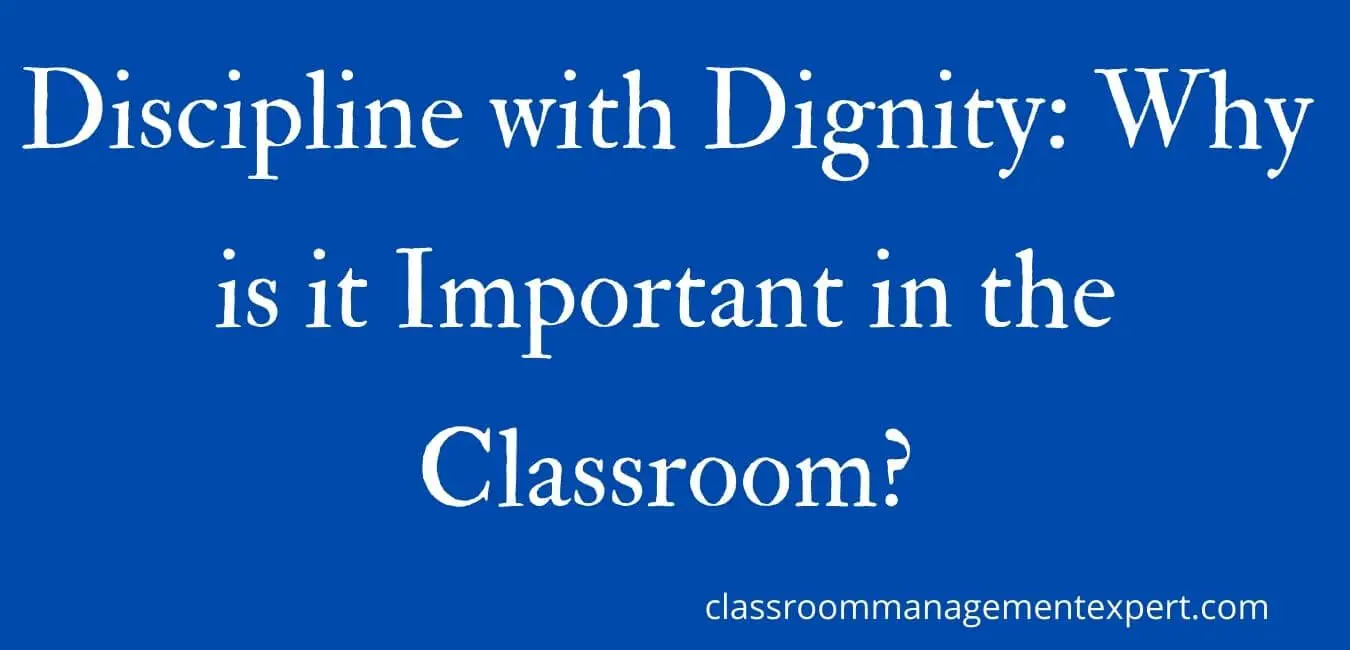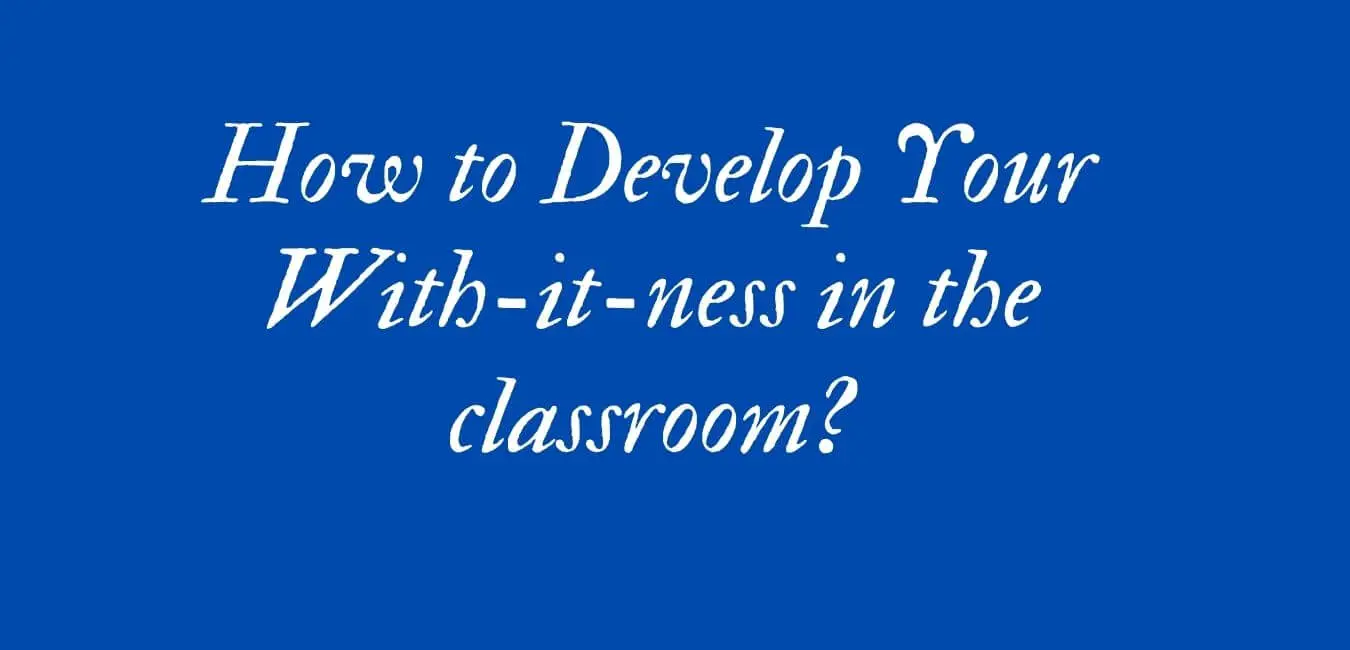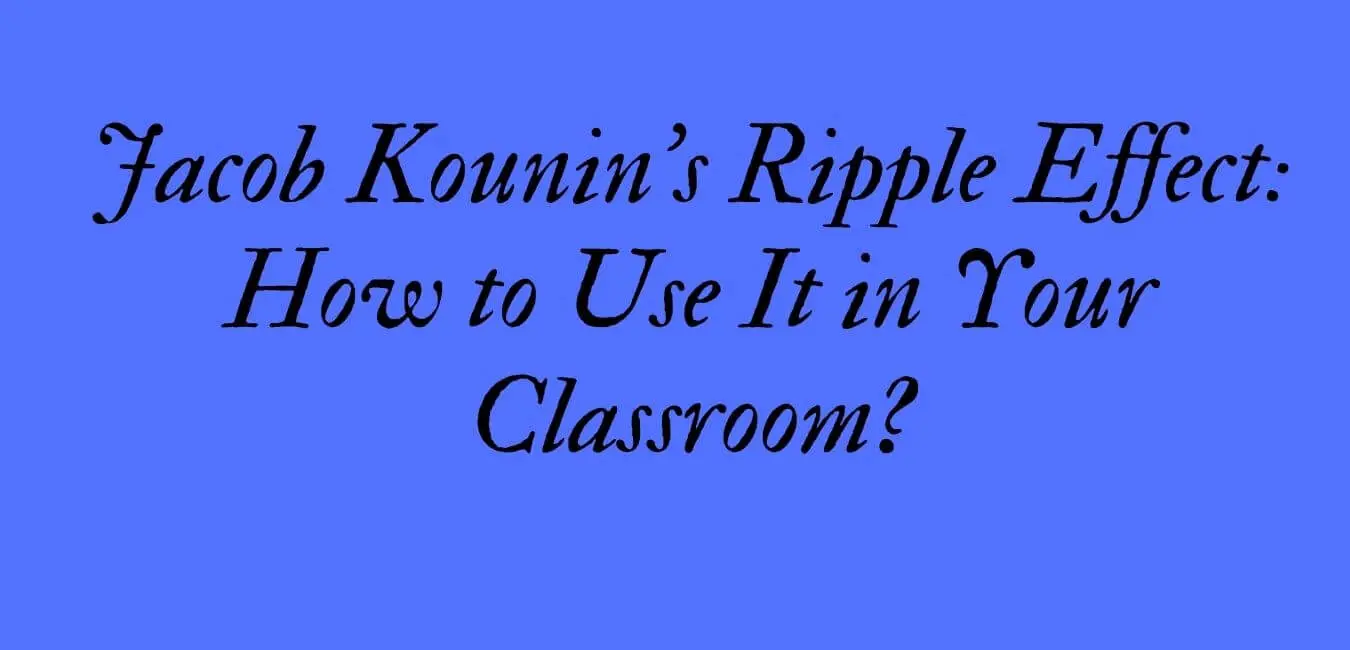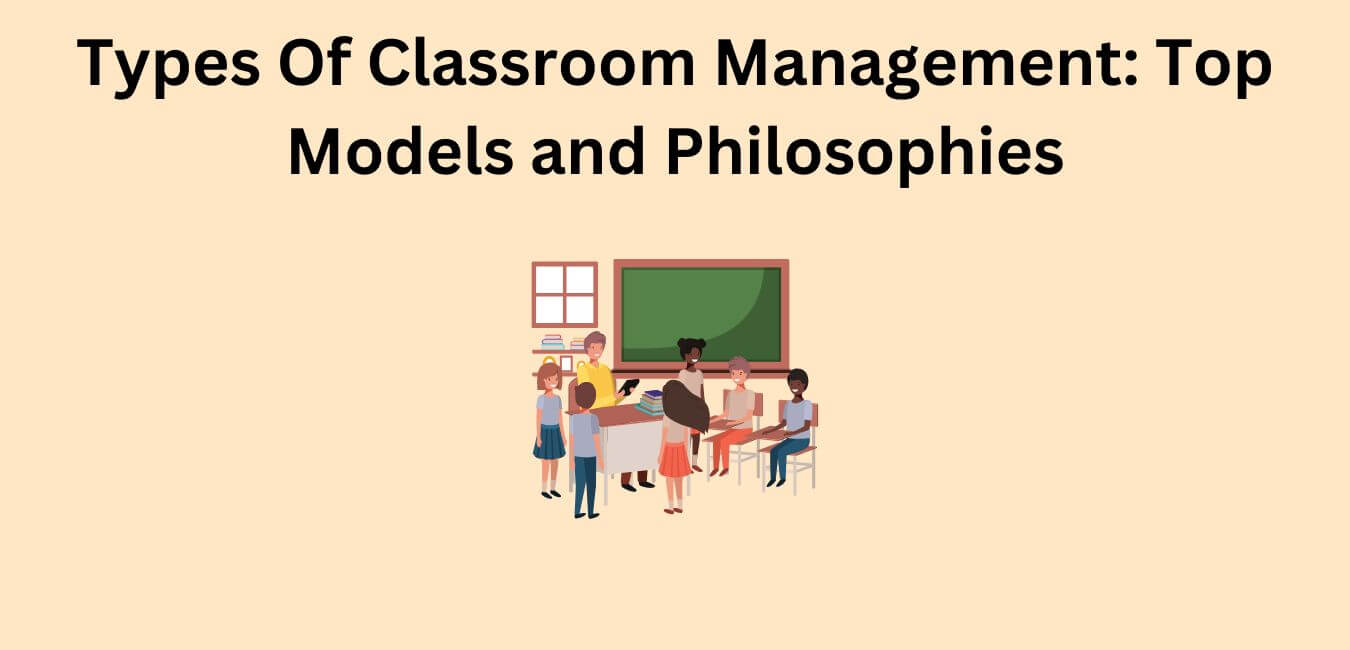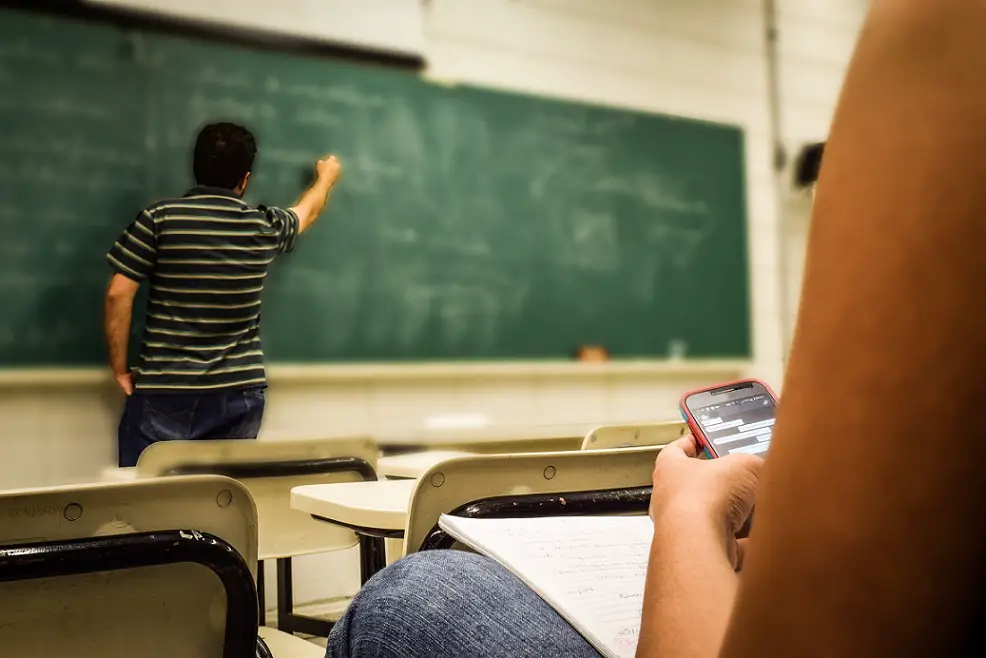The Thomas Gordon Model of Discipline is a model for teaching and managing classroom behavior. It was developed by Dr. Thomas Gordon in the 1960s, and it has been used extensively in schools around the world since then. The most notable feature of this model is that it assumes that all children want to learn but they need guidance. Therefore, teachers should be positive role models who set high standards for themselves as well as their students and provide consistent consequences when those standards are not met.
It’s important to teach your students how to manage themselves so they can become successful adults who will contribute positively back into society! With this blog post, we’ll explore how you can use the Thomas Gordon Model of Discipline in your classroom with some helpful tips and advice from an experienced classroom teacher.
Why Discipline is Every Teacher’s Companion for Success?
Discipline is the root of all successful classrooms. It’s not just about controlling behavior but also helping students learn self-control. Without discipline, teachers are unable to convey lessons necessary for learning at their optimal pace. Overly mannered or aggressive students can be harnessed into better behavior by mild, friendly words and actions while sending strong messages through infrequent, appropriate discipline.
Good teachers know that there is a direct correlation between success and the willingness to learn. This means not passing judgment on students and looking at each child’s potential rather than their past performance. With this mindset, every teacher has to ensure that they’re able to create an environment where learning can take place rather than one where disruptive behavior interferes with an already limited amount of time.
There are numerous benefits your role as a teacher brings, not just to the children but also, to yourself. When you’re able to maintain control of the classroom environment, it’s easier for everyone involved to learn and grow. With all these rewards, discipline should be every teacher’s companion throughout the school year.
Ten Reasons Why Discipline is Important for Success in the Classroom:
1. Learning happens if students are willing to do so. If a child has chaotic home life or feels insecure, they won’t be able to absorb knowledge from lesson plans and textbooks. When they’re given a structured learning environment, they’ll be able to see what they can gain from being in school.
2. With discipline, students can focus on the lesson instead of disrupting others with off-topic comments or antics. Without it, there’s a distraction that hampers their ability to learn, and opportunities for children who know how to behave themselves would be wasted.
3. An undisciplined classroom can result in worse behavior and more personal attacks on one another, which lead to arguments and fights that could escalate into dangerous situations outside the school building if not kept in check.
4. A child who can learn self-control will be able to understand when they’ve done something wrong; as a result, the child will be able to correct their wrongs and learn from them.
5. A structured learning environment helps students feel recognized as individuals instead of mindless followers who work because they’re told to without understanding the purpose behind their tasks.
6. It’s easier for teachers to implement a curriculum that corresponds with standardized tests when there aren’t any disruptions. As a result, they can teach to the child’s potential and give them skills that will help them in the future.
7. An undisciplined classroom environment is intolerable and uncomfortable for students and teachers alike who may dread entering into such an area each day; when this is the case, it might be time to look at the situation and find other ways to solve it.
8. Learning won’t take place if there’s no one able to hear or see what’s being explained because students are off-task, talking to friends, or completely ignoring the teacher.
9. When all students understand what is expected of them, they’re more likely to do their tasks without arguing or fighting over what they’re supposed to do.
10. Without discipline, teachers won’t be able to convey lessons necessary for learning at their optimal pace; this means that children aren’t able to see just how rewarding education can be.
What is Thomas Gordon Model of Discipline?
The model is a system of discipline that was introduced in the 1970s by Thomas Gordon. It focuses on building positive and strong relationships between teachers/parents and students.
Gordon believes that strong and positive communication between teachers and students results in appropriate behaviors in the classroom.
The model has five main assumptions:
1. There are two problems that occur in the classroom. These are: a) when you or a teacher owns a problem and b) when another person or a student owns a problem.
2. Some problems are acceptable while others are not.
3. Your response must be dependent on who owns a problem.
4. Communication roadblocks can occur between teachers and students when they are trying to solve a problem.
5. Active listening is the best response in situations of acceptable problems.
6. I-messages and no-lose conflict resolution strategies are key tools that should be used to deal with unacceptable problems or behaviors.
The Two Common Problems That Occur During Teacher-Student Communication
According to Gordon, two interpersonal communication problems regularly occur in the classroom. They are:
1. How to respond when a student “owns” a problem: Here, the teacher considers the student’s behavior to be acceptable. This means it does not interfere with the teacher’s meeting his or her needs. The problem is: How would the teacher respond appropriately in this situation?
2. How to respond when the teacher “owns” a problem: Here, the student’s behavior is not acceptable to you or the teacher. Thus, the behavior interferes with you achieving your needs and goals. Here too, the problem is: What is the appropriate response that the teacher can use?
From the above, there must be different but specific responding skills that must be used in each case. Gordon’s Teacher Effectiveness Training (T.E.T), the core of his model, guides teachers to decide which skill to use and when.
Gordon’s Teacher Effective Training Rectangle
The Teacher Effectiveness Training model is presented in a rectangle or window form. It forms a basis through which you or the teacher must view the behaviors of all other people in the classroom.
The top part of the rectangle shows the behaviors of the other people (students or teachers) that you find “acceptable.”
The bottom part of the rectangle shows behaviors that you find “unacceptable.”
To use the model in your classroom, you must always decide whether your students’ behaviors are acceptable or unacceptable first.
A behavior is “acceptable” if it doesn’t interfere with your ability to achieve your goals as an effective teacher. But it doesn’t mean you approve or want that behavior to continue.
On the other hand, a behavior that is “unacceptable” if it interferes with your ability to perform or achieve your teaching goals and needs. Remember, it doesn’t mean that behavior is immoral or repugnant.
Difficulties in Identifying Acceptable and Unacceptable Behaviors
It is often difficult to differentiate acceptable behaviors from unacceptable ones. This is because there are some factors that affect your decisions and judgments when classifying others’ behaviors. The major factors are Self, Others, and Environment.
Your Self
On your good days when you (Self) feel especially good, you will likely judge many people’s behaviors to be acceptable. Remember, everything is going on well for you on your good days. However, on your days, for whatever reason, everything works against you. So, you don’t feel so good. In that case, you would likely judge far fewer behaviors to be acceptable and many more to be unacceptable.
Others
Other people themselves influence your judgment of behaviors. Teachers are humans too. So, you would simply be, more or less, accepting of some students than of others. Why? It could be because of how they dress, act, respond in class, or attend to personal hygiene. That can make you more or less accepting of their behaviors. Whether professional or not, the reality is that it happens in our classrooms. We cannot accept every student equally all the time. Only superhumans or perfect people can do so.
Environment
The environment within which the students’ behavior occurs influences how you judge them. The student behavior that is acceptable to you can easily become unacceptable when the principal is around in the classroom.
How to Use the Model: Step-by-Step Guide
1. Gordon recommends the use of the T.E.T. rectangle to decide first whether the students’ behavior is acceptable or unacceptable.
2. Gordon identifies one responding skill for the former and several for the latter.
3. Your response must be congruent with the initial acceptable-unacceptable decision. Remember, no matter how best your response skills are or proficient you apply them, it will be of little or no value if the circumstances around the situation do not warrant that particular response.
4. Acceptable behaviors do not always warrant a responding skill.
5. Sometimes students who exhibit acceptable behaviors do not show signs of experiencing a problem. In this case, there is no need for response skills. The goal of every teacher must be to increase the “no difficulty” situations.
6. If students’ behavior is considered acceptable, but it is clear that the student is experiencing a problem, then a responding skill must be implemented. So, be mindful of both verbal and nonverbal cues to issues. Some of those cues are frustration, sadness, crying, bitterness, etc. Beware of unusual behaviors among students, as they are cues for students experiencing difficulties.
7. The responding skill recommended for acceptable behaviors is active listening.
8. Gordon recommended the use of I-messages when responding to unacceptable behaviors. Avoid the use of you-messages.
9. When the use of I-messages does not work, then the use of win-win conflict resolution can be helpful for you to handle unacceptable behaviors effectively in your classroom.
Roadblocks To Communication
According to Gordon, there are some factors or responses that create barriers to communication between you and your students. That is what he referred to as roadblocks to communication. There are twelve roadblocks to communication according to Tauber (2007):
1. Ordering, directing
(“You must … ” “You have to … ” “If you know what is good for you … ”)
2. Admonishing, threatening
(“You had better … ” “If you don’t, then … ”)
3. Moralizing, preaching
(“You should… ” “You ought … ” “A good student would … ”)
4. Advising, giving solutions
(“What I would do is … ” “Let me suggest… ” “Why don’t you … ”)
5. Lecturing, giving logical arguments
(“The facts are … ” “Yes, but … ” “Don’t you realize… ”)
6. Judging, criticizing
(“Have you lost your marbles … ” “You are acting foolishly… ”)
7. Praising, agreeing, me-tooing
(“You are absolutely right … ” “The same thing happened to me … ”)
8. Ridiculing, shaming
(“That is a dumb attitude… ” “You are just talking silly… ”)
9. Analyzing, diagnosing
(“I know why you are upset, you are just … ” “Your problem is… ”)
10. Sympathizing, consoling
(“Don’t worry, I know how you feel … ” “You’ll feel better tomorrow … ”)
11. Probing, questioning, interrogating
(“Who … ” “What… ” “When … ” “Why … ”)
12. Withdrawing, humoring
(“Let’s talk about it later… ” “Say, have you heard the one about … ”)
Several response categories sound as if they would be obvious roadblocks (for instance, “threatening,” “criticizing,” and “ridiculing”), while other response categories (such as “praising,” “advising or giving solutions,” and “consoling”) seem, at least at first glance, to be quite appropriate ways of responding. Let’s examine further some of these seemingly appropriate response categories.
What are the potential drawbacks/disadvantages?
1. This model can be difficult to manage with large groups. Because there needs to be a relationship between teacher and student for these principles to function, it might not be the best in situations where there is an inability to build a relationship with all students in a group. This lack of student-teacher connection can make it difficult for the teacher to use communicative and active listening skills when they are trying to listen to many voices at once.
2. The model is reactive to problems in the classroom. It doesn’t work to prevent difficulties before they occur. Meanwhile, being proactive is best.
3. I-Messages are believed to be manipulative and tools to gain control over students.
4. Gordon’s I-messages put blames on other people. That is, instead of taking responsibility for a problem, teachers put blame on students for problem behaviors.
5. The model has a narrow focus on other people, forgetting the responsibility of the self.
How Effective Is Thomas Gordon Model of Discipline?
There have been a lot of debates in the past years about what is the best way to discipline students. The effectiveness of the Thomas Gordon Model of Discipline has been discussed by many and it turns out that this model has many great benefits, but there are also some disadvantages.
As we all know every student comes from different circumstances, therefore it is hard to find a one size fits all solution to discipline problems. However, after years of studying different models, Thomas Gordon is believed to have created the best plan when it comes to helping students with behavioral problems.
Thomas Gordon Model of Discipline has many benefits and here is a list of the seven advantages:
1. Engaging Classroom: When students feel like they are involved in the learning process, they tend to be more engaged and interested in what is going on instead of misbehaving or disrupting others.
2. Self-Esteem: By listening to children and acknowledging their feelings and thoughts we can help them to build self-esteem and be more confident in what they do.
3. Respect: When students feel like they are part of a classroom community where everyone is respected, there is less chance that they will try to break the rules or disrespect other people.
4. Self-Motivation: Students who know how to set their own goals and strive for them learn more effectively because they are willing to work hard for what they want.
5. Creative Thinking: By encouraging children’s creativity we can help them think outside the box and solve problems in a unique way which will lead to better results in the classroom.
6. Lowered Stress Levels: When there are no discipline problems children feel more relaxed and less stressed which leads to better overall wellbeing.
7. Better Results: As mentioned above when students are engaged, have self-esteem, respect others, know how to set their own goals, learn to think creatively they tend to get better results in the classroom.
Find more articles on classroom management here.
Final Thoughts
If you are well-established as a fair and consistent teacher who is trusted by their students, they will be less likely to misbehave when you are not around. Your goal should always be to teach your students how to behave appropriately so that they can grow into responsible adults who know the consequences of their actions. You’ll need patience, consistency, and empathy to develop any type of successful discipline plan with your class or school. It’s important for teachers not only to learn about this model but also to put it into practice regularly if they want optimal results in behavior management.



